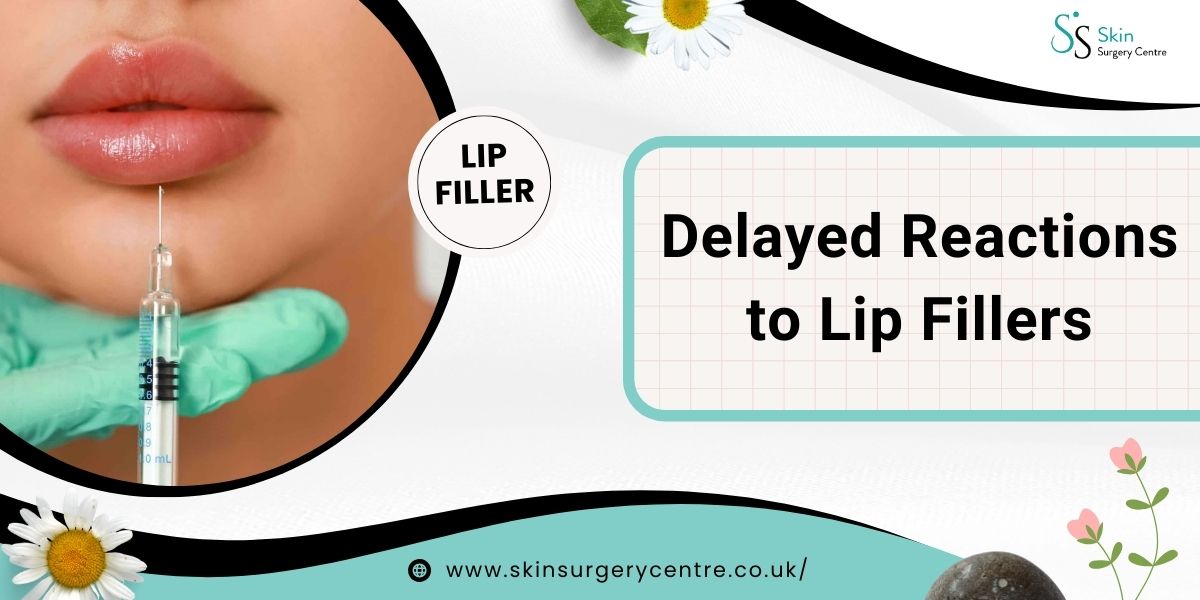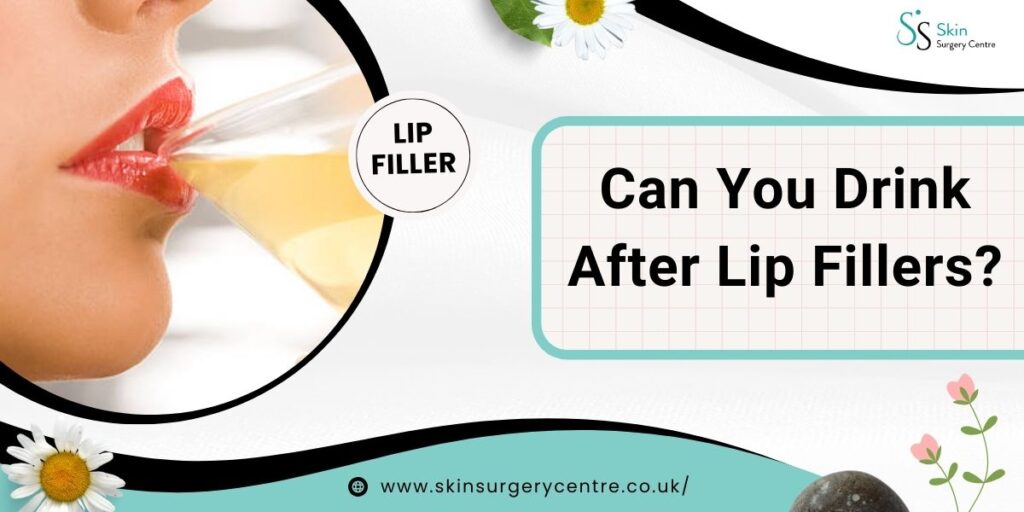Can You Get Lip Fillers While Breastfeeding? UK Expert Answers
Many new mums wonder: Can you get lip fillers while breastfeeding? It’s a common question in UK clinics, and this...

Delayed Reactions to Lip Fillers: Lip fillers have become increasingly popular worldwide for their ability to enhance both appearance and confidence.
As with all aesthetic treatments, there is always a risk of complications such as side effects that may arise from delayed reactions. As their name suggests, these may occur weeks, months, or even years after the procedure.
If you are considering getting lip fillers—or if you have recently received them—understanding delayed reactions for your safety and peace of mind is necessary.
This post will delve into the different types of delayed reactions, their causes, and how they are often treated.
A delayed reaction is an adverse reaction occurring after an injection or procedure and showing signs only after some time has passed following the treatment.
This period of time generally occurs after the post-treatment swelling and bruising has subsided. Unlike early reactions, which include mild swelling, redness, or tenderness at the site of injection, delayed reactions occur later in time and encompass a variety of severity levels.
Even though these reactions are rare, their presence underscores the importance of following up over time and finding qualified and experienced professionals to carry out your treatments.
This is one of the most common forms of delayed reaction. The chronic inflammatory response occurs after inflammation, and the body identifies the filler materials as an emerging foreign object.
The reaction may present as lumps under the skin and can occur months or even years after the injection. While early reactions typically involve minor swelling, soreness, or redness around the injection site, delayed reactions occur later and can vary significantly in severity.
Reports indicate the mean time for reactions is approximately 24 months for hyaluronic acid (HA) fillers and up to 72 months for other filler types.
Granulomas can lead to inflammation, visible irregularities or discomfort in the previously treated area.
Nodules may be inflammatory—causing redness and pain—or non-inflammatory, which are typically painless.
For HA fillers, nodules accounted for 71.8% of delayed adverse events, with 41.4% of these occurring in the lip area.
In most cases, these are managed through medical intervention, which is typically needed when the nodules turn out to be persistent or uncomfortable.
Hypersensitivity is an excessive immune reaction to the filler material. Symptoms vary from case to case but swelling, bruising, and stiffness of the injection site are the most common signs.
Severe cases such as angioedema (swelling in specific areas) may occur and can make breathing difficult if not treated promptly.
Hypersensitivity is rare, but if it does occur, it requires urgent care and possibly the use of corticosteroids.
Less common delayed reactions include the formation of lipogranuloma (a benign tumour made up of eosinophilic collections and necrosis), abscesses, and lymphangioma (localised swelling in a part of the body due to an accumulation of lymph).
A full imaging or biopsy may be required for proper treatment of these conditions.
Lip fillers are unlikely to yield delayed adverse reactions, but these reactions can still occur.
Granulomatous foreign body reactions maintain an incidence rate between 0.02% and 0.4% for HA filler procedures.
A study of MAUDE reports (2016–2020) found that approximately one-third of reported HA filler issues were delayed adverse reactions. Among these, granulomas accounted for 6.7%, prompting extended monitoring well beyond the initial healing period.
These figures demand greater attention to the treated area long after the healing process is completed.
There is a variation in the materials used for fillers, which means there is a greater chance of some adverse delayed reactions occurring in some compared to others.
Lip augmentation is commonly treated with HA fillers, which are the most used fillers. They tend to be tolerated well because they are compatible with the body, but in very rare cases, delayed reactions such as hypersensitivity or granulomas can occur.
Should there be a delayed reaction, diagnosis will most likely include physical examination, imaging diagnosis, or biopsy to reveal a possible cause. The biggest challenge is deciding if the reaction is to the filler or is secondary to some other problem.
The availability of effective treatment options reinforces the overall safety of professionally administered fillers.
Lip fillers may be safe when done by professionals, but the possibility of delayed reactions means there must be regular follow-ups. What looks like an unimportant change in the treated area may, at times, be a larger problem brewing.
Moreover, practitioners need to know new industry standards and changes in filler materials. Training on how to detect and treat late reactions allows for maximum safety and effectiveness for patients.
For patients, knowing the risks and when to seek medical help is equally important.
Lip fillers are among the most common cosmetic procedures done today. While the risks of receiving delayed reactions exist, they are not as severe; however, they do show the importance of thorough research and having a reliable practitioner.
If you have questions concerning lip filler treatments you have or wish to get, then speak to your practitioner and be sure to follow their aftercare instructions.
Ultimately, these procedures are personal choices aimed at enhancing self-confidence and aesthetic appeal.
Having the right practitioner, being acquainted with the matter, and knowing the probable risks are the best ways to make sure you have a positive experience.




Many new mums wonder: Can you get lip fillers while breastfeeding? It’s a common question in UK clinics, and this...
If you’ve had lip fillers or are planning them, you may wonder: Can I put lip balm on after lip...
Can you exercise after lip fillers? At our London, Manchester, and Birmingham clinics, this is one of the most common...
Can you vape after lip fillers? It’s one of the most common questions we hear at our London, Manchester, and...
As one of the most sought-after procedures in cosmetic enhancement, lip fillers help people restore volume and definition to their...